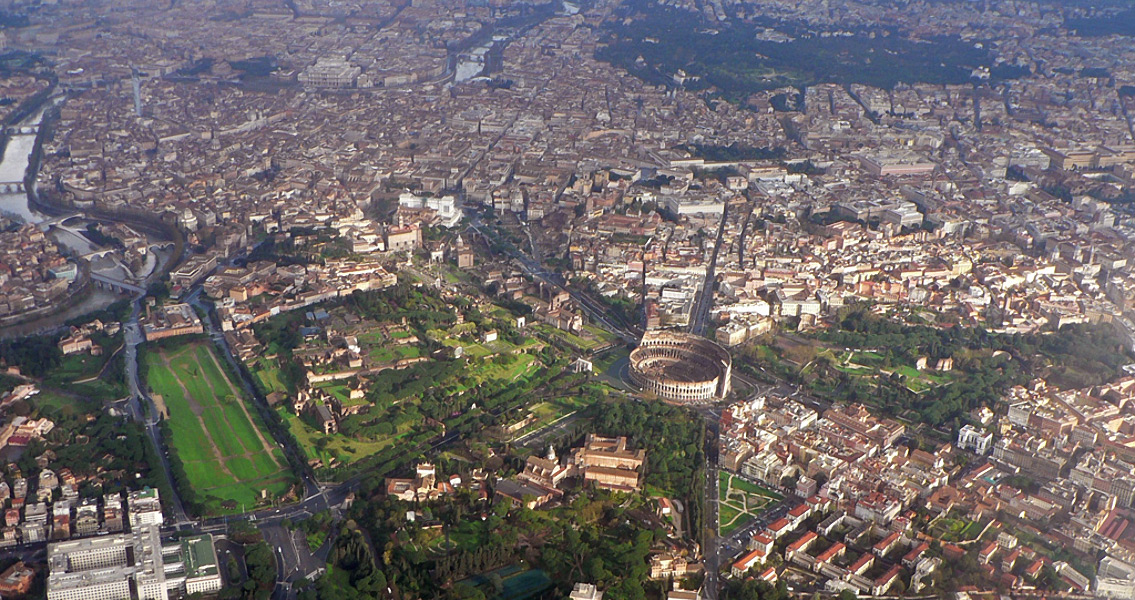<![CDATA[When in Rome, you can dig a hole in any street and 50% - 60% of the time you'll uncover something of archaeological significance according to local experts. But an entire 2000 year old room plastered and covered in frescos? That's exactly what a construction crew working in central Rome recently uncovered to the delight of archaeologists and the chagrin of motorists. The project started out routinely enough; installing a gas pipeline underneath the busy street Via Alfonso Lamora. But as workers started removing pieces of earth with machinery, a large chasm appeared in the road - stretching down four meters into the dark. Still unaware of what lay beneath their feet, the workmen thought at first it was just an ordinary sinkhole and proceeded to call in speleologists (cave experts) to investigate. When the experts reached the bottom of the large cavern however, they were shocked to find themselves standing in a frescoed room like one would expect to find inside a palatial Roman home. While finding items of archaeological significance may be a common occurrence, finding an entire room is actually rare, according to the project's lead archeologist Mirella Serlorenzi. Experts have dated the room to the first century AD, based on the depth it was found at and pictures of the frescoes taken by the speleologists. The Horti Lamiani (which means Lamian Gardens) area where the room was found eventually came to be imperial property, and was the location of the luxurious Emperor's gardens. It's also known as the location in which Julius Ceasar was buried after being partially cremated. In the first century AD the area was comprised of opulent villas, pavilions and gardens. It's likely that the building the room belonged to was one of these structures. Earlier digs (which occurred in the early 1900s) in this part of the Horti Lamiani commenced after artifacts had been found during building construction. Those excavations led to the discovery of numerous incredible sculptures, statutes, frescoes and other ancient artifacts which can be seen today in many of Rome's museums. While archaeologists know very few details about the newly discovered room at this time, they're hopeful that a full investigation will confirm that this new find has the same or even greater historical value as the other discoveries in the area. The buried room isn't the only find in the capital exciting archaeologists this year. Earlier this Fall a perfectly preserved example of a Roman domus was uncovered nearby beneath the city center. Exciting as these finds are, their frequency often poses a headache for archaeologists and other researchers who are expected to perform the digs needed to explore and document the finds all while letting roadworks projects and everyday Roman life continue around them. Blocking traffic in the center of Rome at anytime, but especially around the Christmas holiday is never ideal, but if Roman archaeologists know how to do anything it's to how work quickly and in busy areas. Image courtesy of Wikimedia Commons user: Oliver-Bonjoch]]>
1st Century Room Uncovered Beneath Roman Street
